
- •Basic Concepts of Geology
- •Vocabulary section
- •Be sure you know the following words and their translation
- •Match the words in column a with their definitions in column b
- •Skim the text and define classification of geological structure of the Earth
- •Scan the text and answer the following questions
- •Petroleum geology
- •Basic concepts of geology
- •Plate Tectonics
- •Crustal Plates
- •Petroleum Geology
- •Geologic Structures
- •Warps and Folds
- •Life on Earth
- •Geologic time scale
- •Categorizing Rocks
- •Types of Rock
- •The Rock Cycle
- •Say whether the following statements are true or false
- •5 Fill in the gaps
- •Grammar section noun
- •Noun Gender
- •Noun Plurals
- •Write the following nouns and word-combinations in plural
- •Give the plural forms of the following nouns
- •Translation section
- •Translate the following sentences from English into Ukrainian
- •Translate the following sentences from Ukrainian into English
Geologic Structures
All this movement of the earth's crust over millions of years means that the shapes and locations of land masses and oceans have changed. Fossils of marine organisms found in some of the highest mountains and in the deepest oilwells prove that the rocks there were formed in ancient seas and then rose or fell to their present positions.
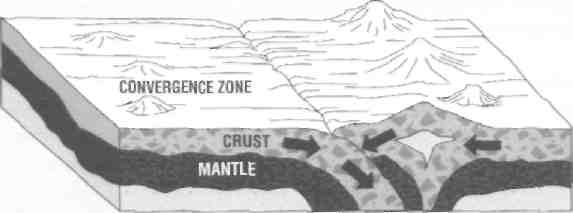
Figure 1.4.1 Along the Pacific coast, the North and South American continental plates are forcing the Pacific plate downward.
Geologists describe three basic structures that occur when rocks deform, or change shape, due to tectonic movement: warps, folds, and faults.
Warps and Folds
Near the surface of the crust, at atmospheric temperatures and pressures, rocks tend to break when subjected to great stresses such as earthquakes. However, deeper into the crust, heat rising from the mantle raises the rocks' temperature, and the pressure of overlying rocks compresses them. At these higher temperatures and pressures, the rocks become somewhat flexible. Instead of breaking, they tend to warp or fold when stressed.

Figure 1.5 A warp is a gently tilted area of horizontal crust.
Warps
Warps occur when broad areas of the crust rise or drop without fracturing. The rock strata in these areas appear to be horizontal but, on closer inspection, are actually slightly tilted, or dipping (fig. 1.5).
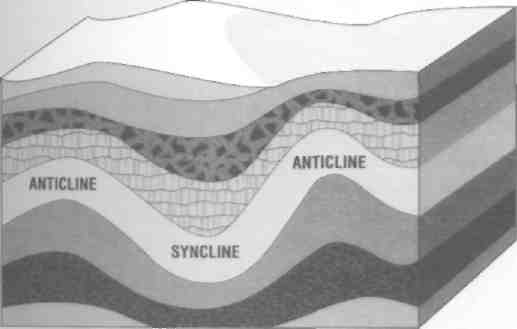
Figure 1.6 Geologists group folds into anticlines and synclines.
Rock strata that have crumpled and buckled into wavelike structures are called folds. Folds are the most common structures in mountain chains, ranging in size from wrinkles of less than an inch to great arches and troughs many miles across. The upwarps or arches are called anticlines; the downwarps or troughs are synclines (fig. 1.6).
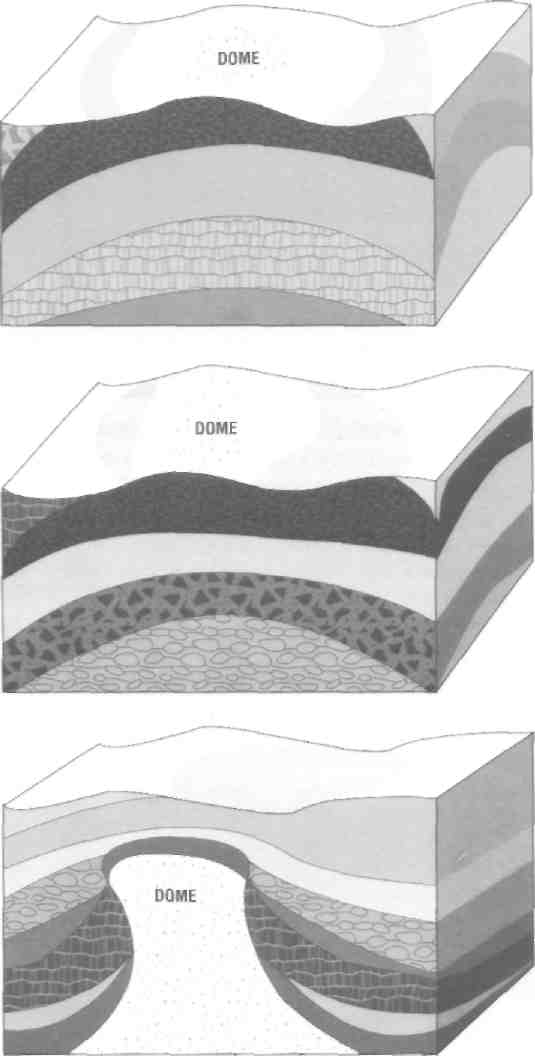
Figure 1.7 A dome may be nearly circular (A) or elongated (B). Some have an intrusive core of salt or other type of rock that pushes up the surrounding rock (C).
Geologists further divide anticlines and synclines according to how the folds tilt. A short anticline with its crest plunging downward in all directions from a high point is called a dome (fig. 1.7). Many domes are almost perfectly circular. Some of them have a core of one type of rock that has pushed up into the surrounding rock and lifted it, such as the salt domes along the U.S. Gulf Coast. A syncline that dips down toward a common center is called a basin. Anticlines and synclines are important to petroleum geologists because they often contain petroleum.
Faults
When rocks near the surface break, or fracture, the two halves may move in relation to each other. If they do, the fracture is called a fault. The two halves along a fault may move apart only a few millimetres or many yards or metres, as along the San Andreas Fault in California. Remember that the west coast of the Americas is the boundary between two of the earth's largest crustal plates. The ground next to parts of the San Andreas fault moved horizontally 21 feet (6.4 metres) during the great San Francisco earthquake of 1906.Geologists classify faults mainly by the direction of the movement. Movement is mostly vertical in normal and reverse faults but horizontal in overthrust and lateral faults (fig. 1.8).
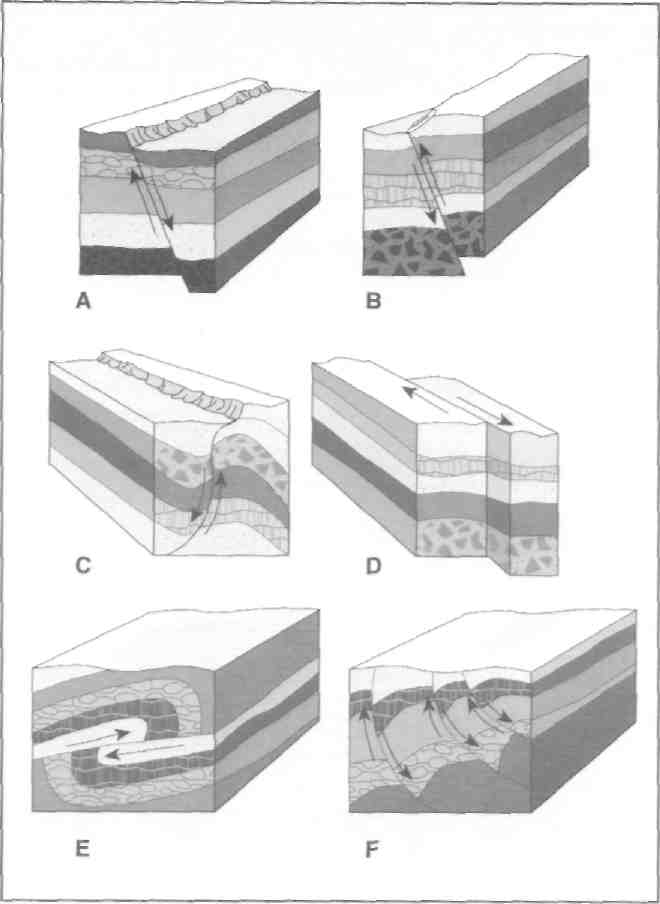
Figure 1.8 Several common types of faults are normal dip slip (A), reverse or thrust dip slip (B and C), lateral (D), overthrust (E), and growth (F) faults.
Combinations of vertical and horizontal movement are also possible, as in growth faults. Faults are important to the petroleum geologist because they affect the location of oil and gas accumulations. For example, if a fault runs through a bed of rock containing oil, the geologist can predict where in the same area another part of the original oil-containing rock might have moved. Sometimes faulting can produce certain recognizable surface features (fig. 1.9). A graben is a long, narrow block of crust between two faults that has sunk relative to the surrounding crust. A horst, on the other hand, is a similar block that has risen. In the North Sea, oil has accumulated in sediment-filled grabens beneath the ocean floor.
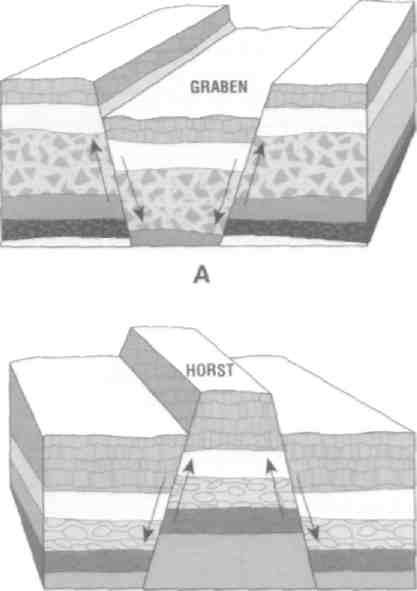
Figure 1.9 Two landscape features formed
by faults are the graben (A) and the horst (B).
